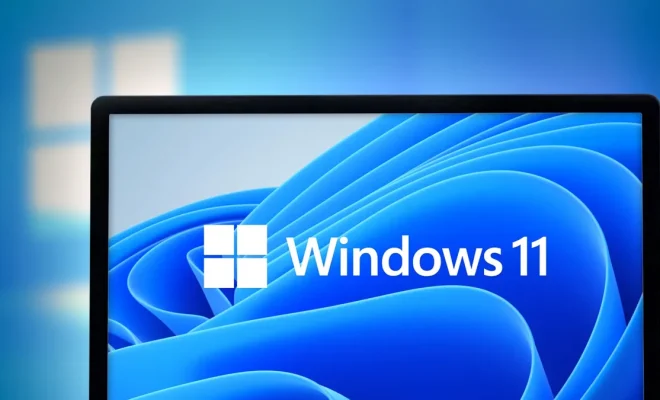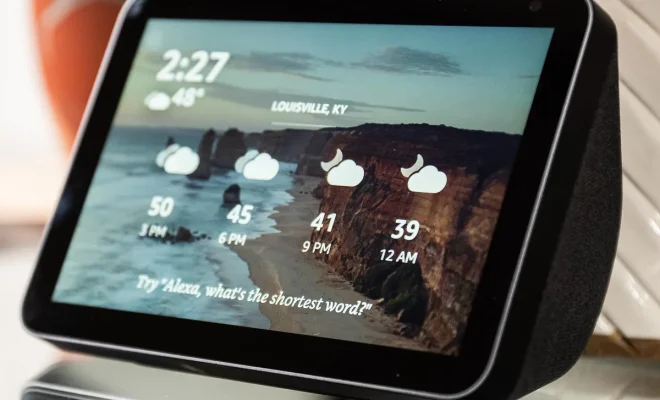Windows 10 support ends in 4 years, but this is what you should know now

Introduction:
Microsoft has announced that support for Windows 10 will come to an end in just four years. While this may seem like a significant amount of time, it’s never too early to prepare and understand what this means for you as a user. In this article, we will discuss the implications of the end of Windows 10 support and what you should know now.
1. End of Support Date:
According to Microsoft, Windows 10 support will officially end on October 14, 2025. This may seem like a far-off date, but it’s important to keep in mind that there will be a gradual decrease in support and updates leading up to this point. Be prepared and plan your transition accordingly.
2. What You Can Expect During the Transition:
During this transitional period, support for Windows 10 will decrease gradually, with fewer security patches and updates being released over time. Users can continue using their devices as usual during this stage but may experience fewer new features and updates.
3. Upgrade or Replace Your Device:
By the time Windows 10 support ends, you will have likely upgraded or replaced your device already. However, it’s worth considering your options soon so that you have ample time to review all possibilities when upgrading hardware or switching operating systems.
4. Preparing for the Shift:
The earlier you plan for the inevitable shift from Windows 10, the smoother the transition will be once it reaches end-of-service status. Begin researching potential alternatives such as Linux or macOS sooner rather than later.
5. Extended Support Options:
For businesses and organizations with particular requirements, Microsoft offers extended support for certain editions of Windows 10 past the official end-of-service date. This could help ease any concerns about continuing critical operations during the transition period.
6. Future Microsoft Operating Systems:
As we approach the end of Windows 10 support, keep an eye on Microsoft’s developments regarding their next-generation operating system. Learning about new features and improvements can help you decide whether to stick with Microsoft or consider another platform.
Conclusion:
The end of Windows 10 support may be four years away, but it’s essential to understand the implications and start preparing now. Educate yourself on alternative operating systems and stay updated on Microsoft’s future plans. By planning ahead, you can ensure a seamless transition when the time comes.






